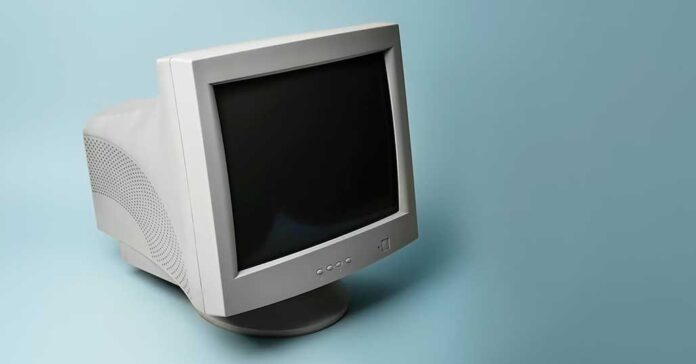If you’re anxious to know whether or not the CRT display technology is on the brink of disappearance, we’re here to let you in on some interesting data!
While owning a CRT monitor nowadays might come off as a bit eccentric, having one on hand may actually be a sign of luxury in a few years time! Why should you even bother thinking about getting a cathode-ray tube display? Can you even get a new one these days? Let’s dive straight into the topic – here is all you need to know about the CRT monitors today!
- Cathode Ray Tube monitors – what’s so special about them?
- Why would you want to get a CRT display today?
- Are CRT monitors still available? If so, where can you get one?
- Power consumption – LCD vs. CRT monitors
- CRT monitors today – most important info
- The conclusion – CRT displays in the modern era
This web portal is reader-supported, and is a part of the Amazon Services LLC Associates Program and the eBay Partner Network. When you buy using links on our site, we may earn an affiliate commission!
Check out also: 10 Things You Should Know About Windows 95/98 Today
Cathode Ray Tube monitors – what’s so special about them?
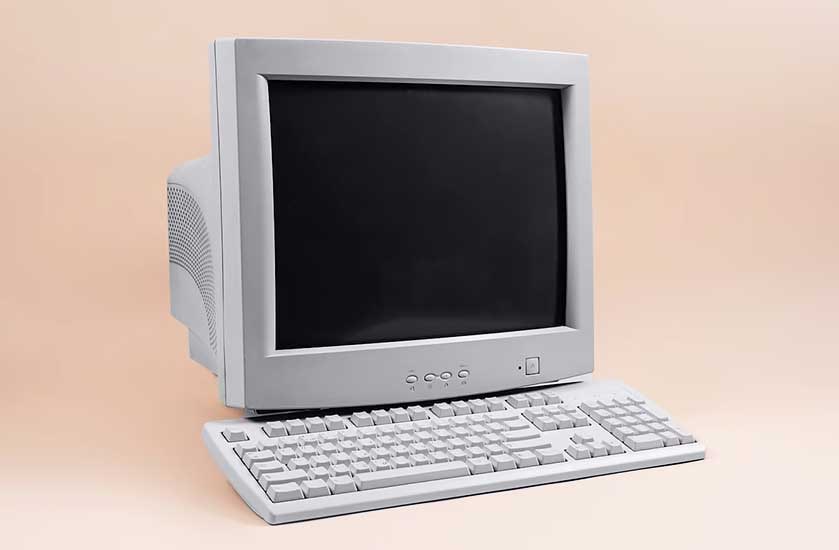
CRT (Cathode Ray Tube) monitors were the most common type of computer monitor all the way from the late 1970’s until the early 2000’s, when they started to be slowly but surely replaced by the much newer LCD (Liquid Crystal Display) displays. The new LCD technology back in the day had many advantages over the now a few decades old CRT’s, but the most prevalent one was their much reduced weight and size.
Despite now being almost completely replaced by LCD and OLED displays, CRT monitors are still used by some people for various reasons. Some people still prefer the image characteristics and the general visual aesthetic of CRT monitors, especially when it comes to playing retro games (on the original hardware or emulated), or consuming older types of media such as VHS tapes.
While CRT monitors can be a good option for certain novelty applications, it’s worth noting that as a largely outdated technology, they do have many downsides. As we mentioned, they tend to be heavy and bulky, making them difficult to move and transport. They can also consume much more power than modern LCD/OLED displays, and they will generate more heat during operation. Additionally, the image quality of CRT monitors can degrade over time, leading to issues like dimming, blurring or screen burn (this of course will depend on a particular CRT model).
Why would you want to get a CRT display today?
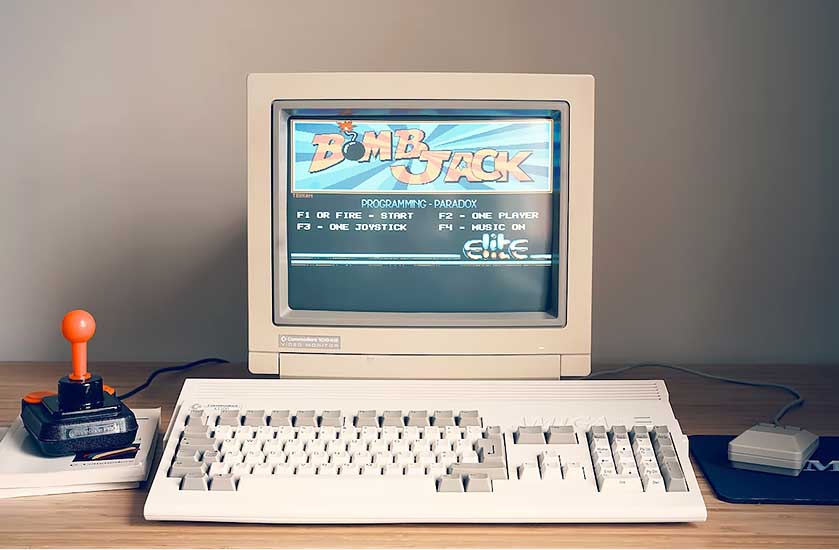
Well, some people still prefer CRT displays for various use cases. Why you ask? Here are some of the most popular reasons.
- Little to no motion blur and no ghosting – the most commonly mentioned and most prevalent advantage of CRT monitors is the lack of blur on the edges of fast moving objects on the screen. Not many modern displays can deal with these issues as well as virtually all the old CRT’s that are still out there.
- Extremely low input lag – CRT monitors can reach input lag values that are even lower than 1µs. Substantially better than most “gaming” LCD and/or OLED monitors available today.
- The retro aesthetic – both in terms of how the image looks and how the typical CRT monitor chassis are designed, these visual features are much favorable for all the modern CRT fans.
- Retro gaming uses – regardless of whether you’re using original retro video game console hardware or simply making use of software emulators, games from consoles such as PS1 or SEGA Genesis are best enjoyed as they were initially in their glory days – on a quality CRT monitor.
Are CRT monitors still available? If so, where can you get one?
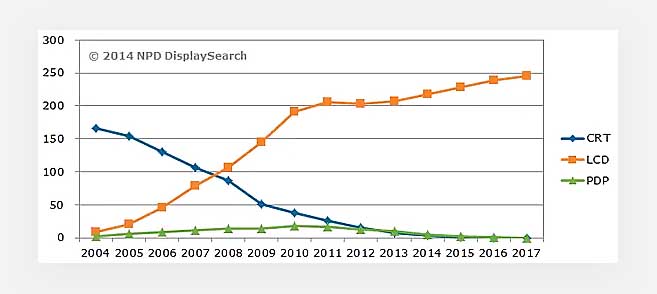
CRT monitors have been slowly phased out in favor of more modern display technologies like LCD and OLED as years went by. During the 2004-2014 period for example, the total sales of CRT TV monitors have fallen from above 150 million unit shipments to merely a few thousand units being sold every year (as you can see in the NPD provided data on the image above).
With that said, the age of mass commercial production of CRT technology is long gone, and only a few companies actually do still manufacture cathode ray tube monitors. Nowadays getting your hands on a factory new CRT as a regular consumer can sadly be difficult, if not downright impossible.
Despite this rather unfavorable market situation for old-school CRT fans, you still might be able to find old CRT monitors at vintage computer and electronics stores and in online marketplaces like Ebay, Amazon or Craigslist. For example, here is a rather wide selection of pre-owned CRT monitors that we found over on Ebay.
Some electronics recyclers and surplus stores may also have old used CRT monitors in stock, though of course their availability will vary depending on your location. It’s worth noting here that CRT monitors tend to be quite heavy and bulky, so shipping can be expensive, and moreover, stores with used electronics will be less likely to stock up on them as they can get pretty hard to transport in larger numbers.
Power consumption – LCD vs. CRT monitors
CRT monitors on average tend to consume more power than LCD monitors. An average ~19 inch CRT monitor uses about 100 watts of power, while a modern LCD monitor uses around 20-50 watts. The idle power consumption also differs between the two types of displays. This difference in power consumption is due to the way the two technologies work.
CRT monitors use the cathode ray tube to display images, which requires a large amount of power to generate and maintain the electron beams that produce the image. In contrast, LCD monitors use backlight to illuminate the liquid crystal pixels, and this process requires much less power overall.
With high power consumption comes a lot of heat that’s generated by the CRT display. That’s another thing to keep in mind.
If power consumption is a concern for you, an LCD screen is guaranteed to be a more energy-efficient option than any arbitrarily chosen CRT monitor.
CRT monitors today – most important info
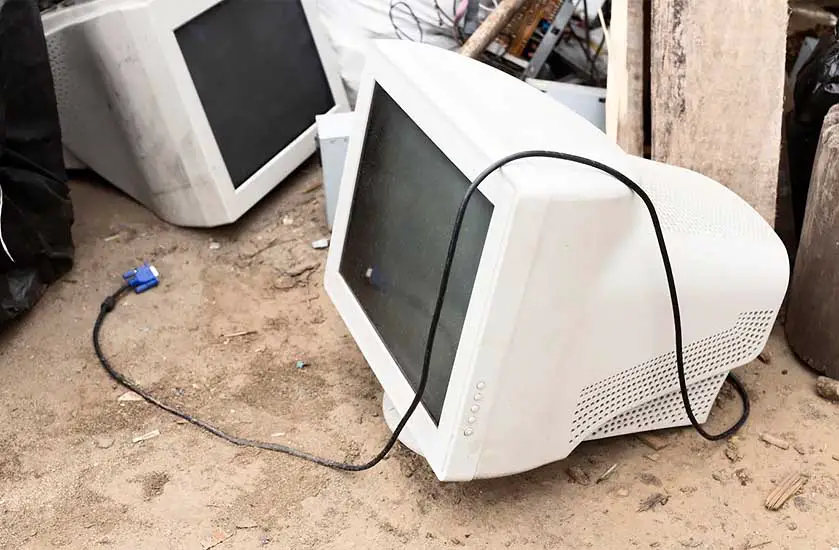
So, if we were to sum all this up, these are the things to consider when it comes to CRT monitors, especially if you’re thinking about getting yourself one in the near future.
- Shorter life-spans: for various reasons, CRT displays do face many wear-and-tear issues overtime. When you notice your CRT starting to get dimmer, it most likely means that the coating on the cathode is slowly deteriorating and the display is nearing the end of its life. The other thing is the screen-burn phenomenon. In general a lifetime of a quality CRT screen can go up to around 30000 hours. This might seem like much, but it’s much lower than an a lifespan of an average LCD screen which is about 50000 hours in total.
- Low input Lag: CRT monitors generally have much lower input lag compared to LCD monitors, making them a popular choice for retro gamers. Low input lag means there is less delay between the time you perform an action on your keyboard or a controller, and the time you see the result of the action on the screen. CRT’s famously can reach the input lag values of around 0.01 ms to >1 µs – which in human perception translates to almost instant on-screen feedback during gameplay!
- Little to no ghosting and no motion blur – due to the way cathode ray tube technology works, the phenomena that are a bane of all modern gamers are almost non-existent on CRT displays. This is one of the most important advantages that the CRT monitors have over the LCD ones.
- Power consumption: CRT monitors consume way more power when compared to modern LCD and OLED displays. Additionally, they also generate more heat, which is another thing to keep in mind. If you’re looking for the “greener” and more power efficient choice, this can be a valid argument against CRT displays.
- Size and Weight: CRT monitors are much larger and heavier than modern displays, making them pretty difficult to move around or transport, at least in comparison to your sleek LCD monitor you’re probably using right now. They also take up a considerably larger amount of space because of the actual cathode-ray tube which needs to fit inside the monitor chassis.
- No higher display resolutions: You won’t find 4k CRT screens anywhere on the market. In fact, there aren’t many true 1080p CRT monitors out there too (there were some, although these were rare and very much expensive back in the days). You’ll have to settle for lower screen resolutions if you want to jump on the CRT bandwagon.
- Connection standard issues: Most old CRT monitors you’ll come across will utilize a VGA cable output to connect to your computer’s graphics card. This means that to use such a display with a modern GPU / modern motherboard, you will need an appropriate cable adapter.
The conclusion – CRT displays in the modern era
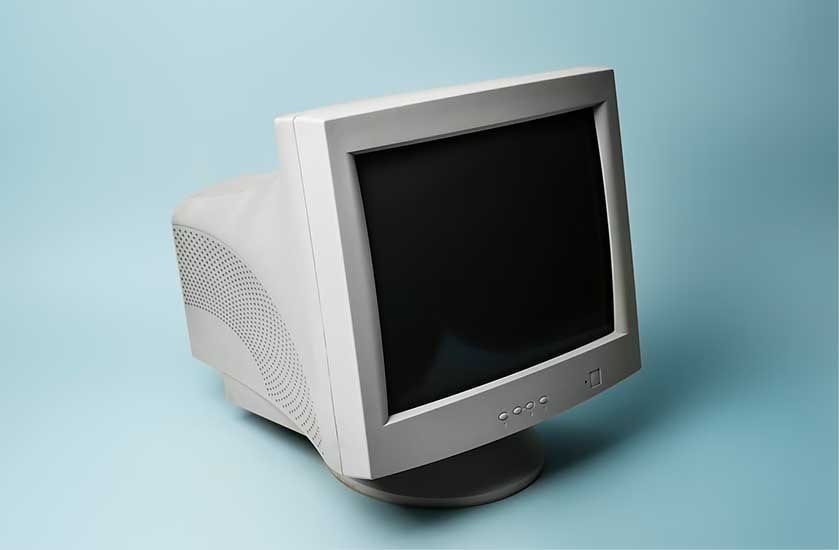
While CRT monitors are still available in places, they are long gone from the modern consumer market. They can still be a good option for certain applications, such as retro gaming or novelty use with retro systems, but they will slowly but surely become more and more difficult to find on the second hand market and may have downsides in terms of size, power consumption, and their proneness to various wear-and-tear factors.
If you’re still interested in getting a CRT display for home use, we strongly advise you to search through the Ebay’s catalogue for some neat second-hand deals. This way you can find yourself a usable and working unit while there are still some of these available on the market. Until next time!
You might also like: Windows XP Today – Your Questions Answered!

